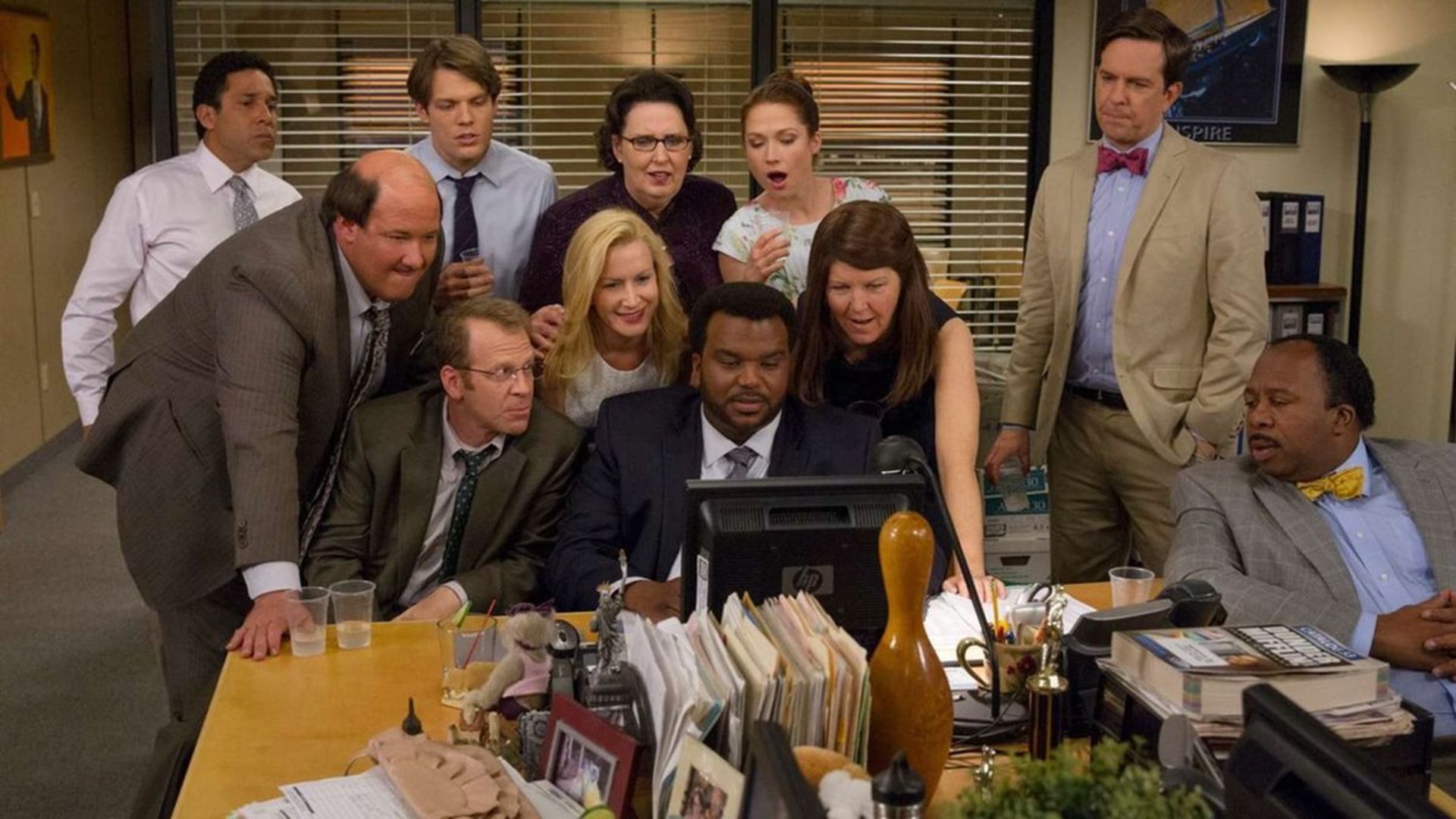‘How do we protect our people?’
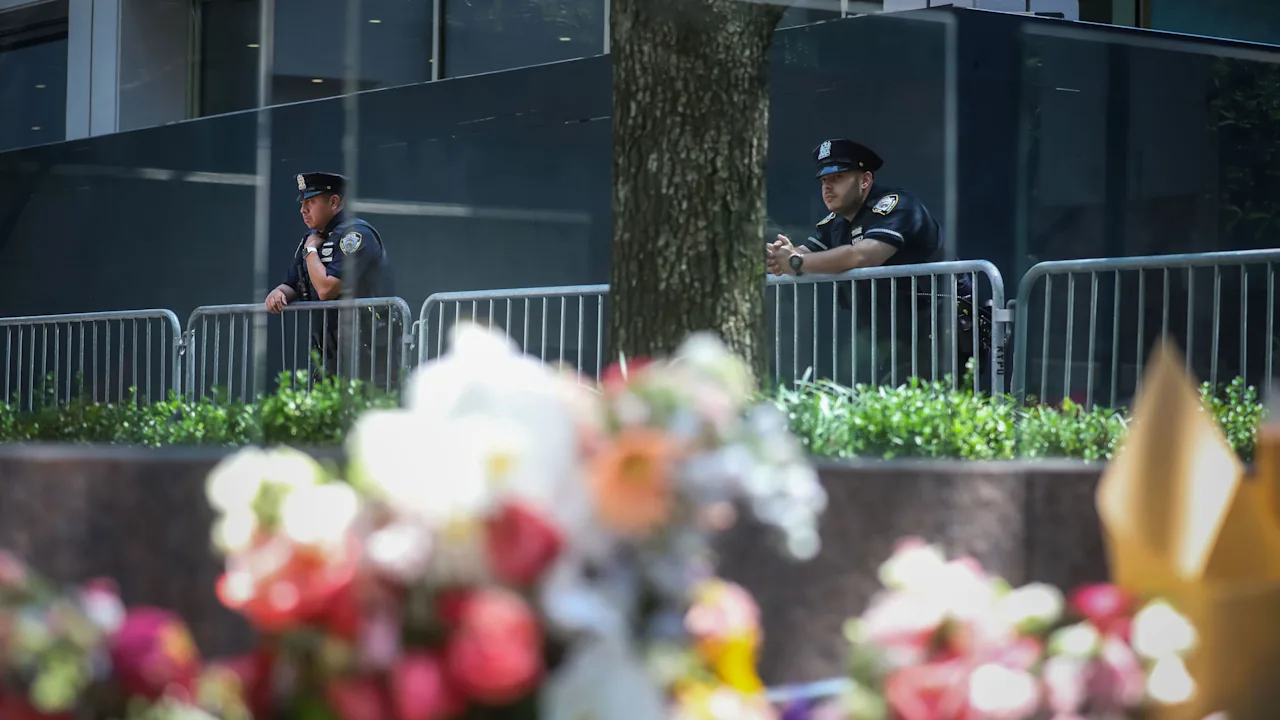
Ever since Shane Devon Tamura entered the Midtown Manhattan office building housing the NFL’s headquarters with a high-powered rifle, killing four people on July 28, John Orloff’s phone has been ringing more than usual.
“I hate the fact that my phone . . . rings after a tragic event,” Orloff says. It’s not the first time it’s happened. An operations leader at security risk consulting group Jensen Hughes, Orloff heard the same ringing after Luigi Mangione allegedly shot and killed UnitedHealthcare CEO Brian Thompson in December. “In December, [companies] were saying, ‘How do we protect our executives?’” Orloff says. “Today, it’s, ‘How do we protect our most important resource . . . our people?’”
Fast Company spoke to Orloff and other experts to understand how office building safety works.
Safety begins with design
The office security landscape constantly evolves based on the latest attack. Over the last decade corporate clients’ concerns have shifted from terrorist and bomb threats in the mid-1990s and 2000s (fueled by attacks like the 1995 Oklahoma City bombing and September 11), to events like mass shootings.
Safety design experts say that preventative techniques work best. Threat mitigation should begin with the building design process, says Peggy Phillips, who leads engineering consulting firm Thornton Tomasetti’s Protective Design and Security practice. That’s when you can control key aspects like entry points. Architects can “balance the number of entrances with [convenience],” Phillips says. Too many entrances require numerous guards to secure them—a significant business expense—while too few can create bottlenecks during both regular workdays and emergencies.
One approach for avoiding prison-like safety features, like fences and bars, is known as “Crime Prevention Through Environmental Design,” when designers use the “natural environment to promote safety . . . through creating spaces where crimes don’t happen,” Phillips says. Abundant perimeter windows facilitate what she calls “natural surveillance,” while landscaping around a building can avoid offering hiding places to bad actors by not including, say, high hedges spaced about a person’s length away from a building wall. It’s like the difference between “walking through a park [that’s] well-lit [without] a lot of brush,” Phillips says, and one that’s “overgrown, not well-maintained.”
Strategic Access
Then there’s prevention at the lobby level, which looks different depending on whether an office building houses one tenant, multiple enterprises, or publicly accessible retail clients on its ground floor. “It’s all about, how do we make sure that the people who are intended to access the building can [do so, and] have their identity verified,” says Phillips.
Dedicated elevator banks with access to different floors can limit workers’ and visitors’ movements. Badge readers can allow a tenant on the third floor, for instance, to swipe at a certain turnstile and reach an elevator that only leads to that floor. Dual authentication can further shore up these systems by having employees, after they swipe in, enter a specific pin number, or use biometrics to get through an entryway. A “man trap,” Orloff adds (when one perimeter door leads to an open space followed by a second, interior door opened only through specific credentials), lets security monitor visitors between the two doors before authorizing their entrance—and trap them somewhere secure if they lack the necessary qualifications.
Essentially invisible to someone untrained in building security, this measure also makes an office building more comfortable for the people who work there. “Companies don’t want their workspace to look like Fort Knox,” Orloff says.
Layers of Security
“Our clients talk about mitigation of hazards and threats,” says Phillips. “You’re not making [office buildings] criminal proof, because there’s such variability in these events.” Instead, her firm focuses on layers of security, so if a threat bypasses one, they have another waiting to stop them.
For example, beyond considering access points, technology, like security cameras, should also factor into an office layout’s initial planning. But in addition to putting cameras in enough places to avoid blind spots, companies must incorporate them effectively into processes involving the people who monitor their feeds.
“Security cameras are a great thing to have, but they’re typically evidentiary in nature, meaning they’re post-event,” says Orloff, who points out the widely viewed image of Tamura approaching the Manhattan office building where he let fire with rifle in hand. “However, if they’re watched by someone in real time, they can be much more preventative.” For example, if someone monitoring an office building’s camera feeds sees a threat, they can recall the building’s elevators to “a mid-floor location,” Orloff says, “where nobody can get up or down.”
His company advises corporations to train their employees on security awareness, so they know what to do in an emergency. Orloff also suggests companies partner with local law enforcement, who can then learn about their office buildings’ layouts.
Continuous monitoring
No matter how much work architects and security designers put into an office building’s safety, every layered system has vulnerabilities that a determined attacker can overcome, says Orloff. The Manhattan office where Tamura killed four people had state-of-the-art security: an off-duty police officer accompanied security guards presiding over long check-in processes, locked turnstiles, alarms, elevators with access to limited floors, and even safe rooms, reported CNN.
Orloff noted he couldn’t comment specifically on what happened in the Midtown Manhattan building where the shooting occurred. However, he pointed out as a general best practice in the event of an incident “the first thing that a building should look to do is lock down the perimeter . . . making it so that only authorized employees, guests, visitors and vendors can get in that front door.”
Companies should also stay abreast of what their own activities might mean for their employees’ and executives’ security. “Everything a company does impacts its risk level,” Orloff says, including a negative news article, a financial report, or the latest buzz about the CEO. That also applies to updates from other companies sharing your office building—security working at a low-profile company sharing a complex with a high-profile enterprise could benefit from staying on top of the latter’s news.
That may sound like a lot of work, but Orloff warns corporations not to under-value investing in solid building security. “I prefer my phone stop ringing,” he says, in the aftermath of tragic events. “I’d much prefer to have my clients adopting [a] preventative approach.”
Beyond that, the problem may just come down to who’s allowed to possess firearms and where they’re able to bring them.
What's Your Reaction?
 Like
0
Like
0
 Dislike
0
Dislike
0
 Love
0
Love
0
 Funny
0
Funny
0
 Angry
0
Angry
0
 Sad
0
Sad
0
 Wow
0
Wow
0


.jpg?width=1200&auto=webp&trim=0,50,0,50#)

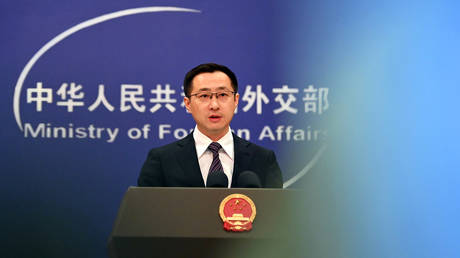



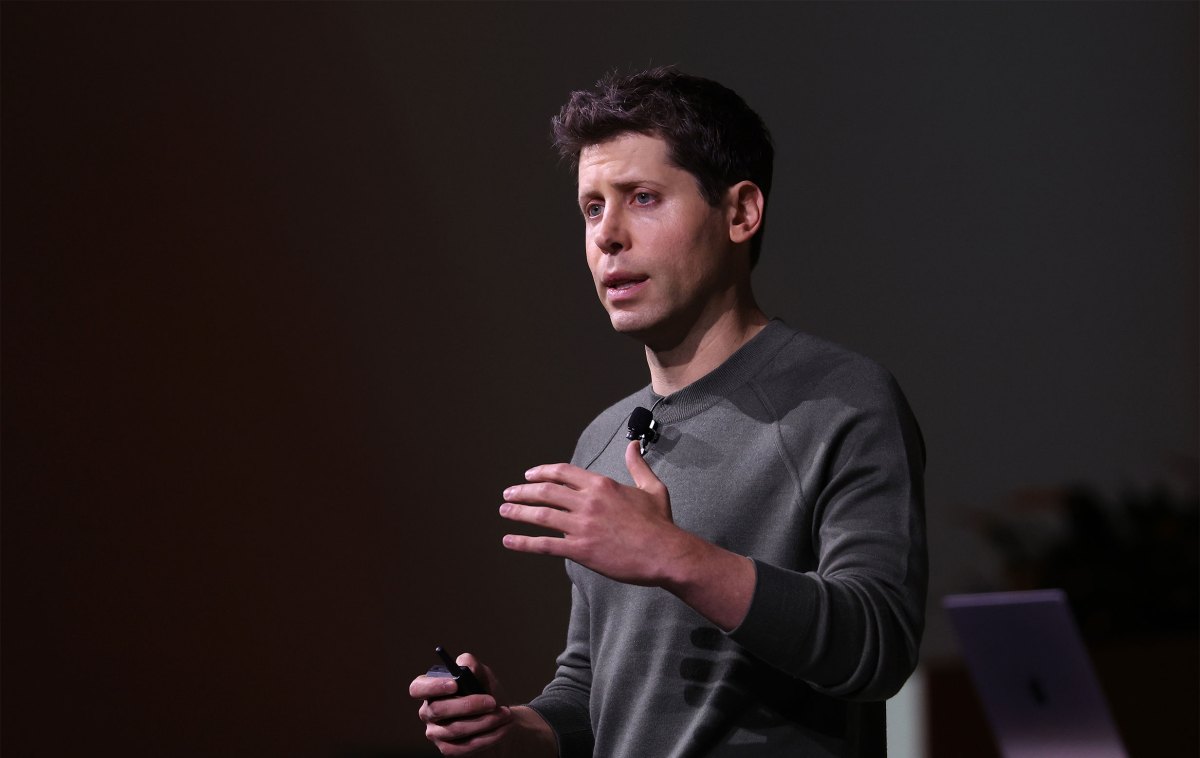




































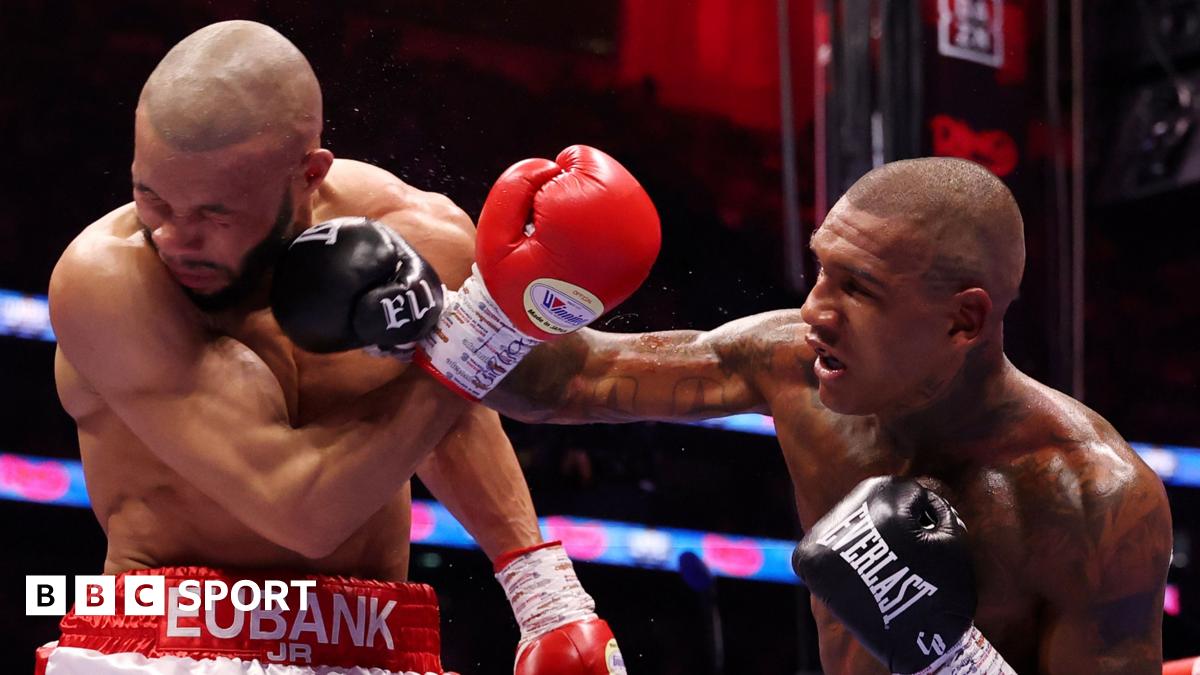


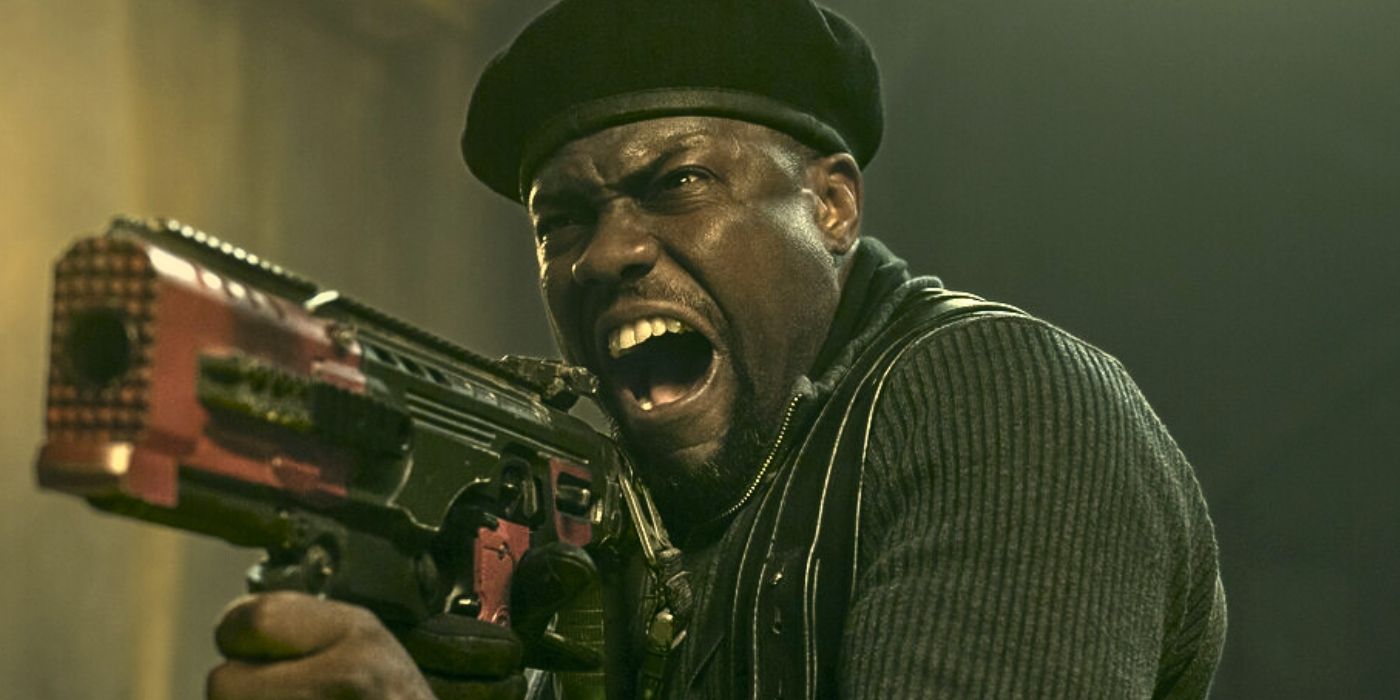



![Evalyn's "Playstation" is dark pop electronic bliss [Video]](https://earmilk.com/wp-content/uploads/2025/08/PLAYSTATIONPRESS1-800x533.jpg)
